Don’t Mourn My Loss, Remember the Good Things
Author: Charles Corr
Army Major Andrew Olmsted was killed in Iraq on January 3, 2008, at the age of 38. In anticipation of his possible death, Major Olmsted wrote out some of his thoughts. On January 13, 2008, the Saint Petersburg Times published a portion of what Major Olmsted wrote, including the following sentence: “I would prefer that people remember the good things about me rather than mourning my loss.”
Many of us might share the same thought. We hope that the person we have been and the things we have done would be judged by others to be good. And we would like those who survive our deaths to remember us for those good qualities.
But it is unrealistic to think that survivors do not have a need to mourn the loss of a good person. They need to mourn the loss to the world, to our society, to them, and to their family that is represented in the death of someone like Major Olmstead.
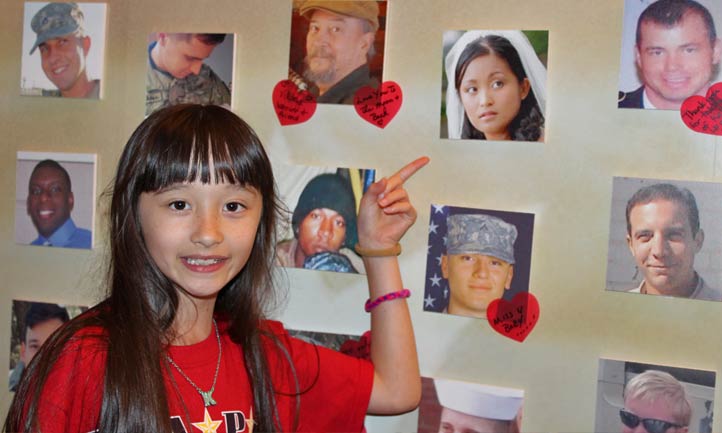
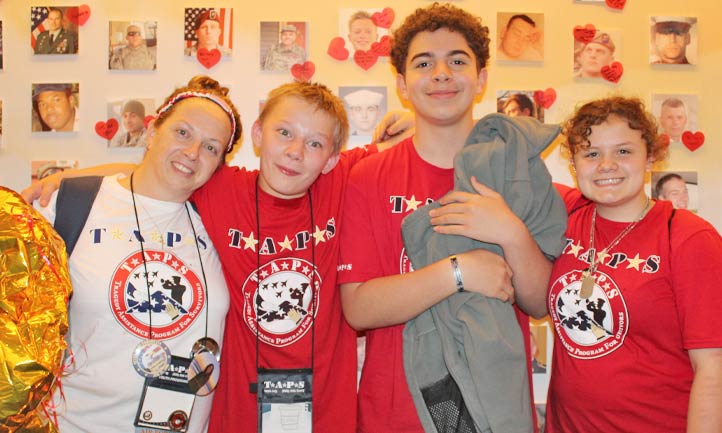
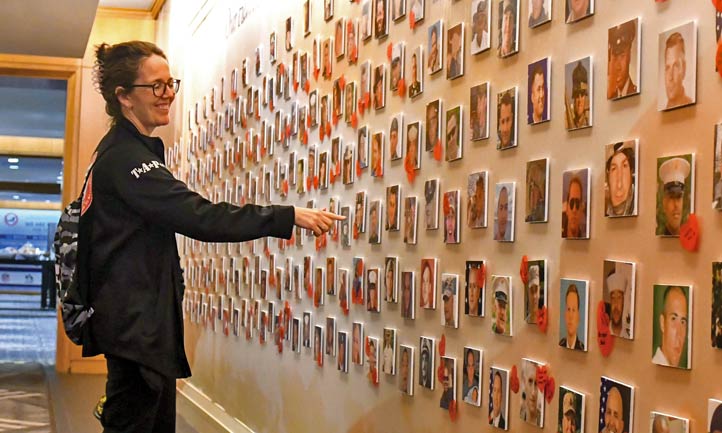
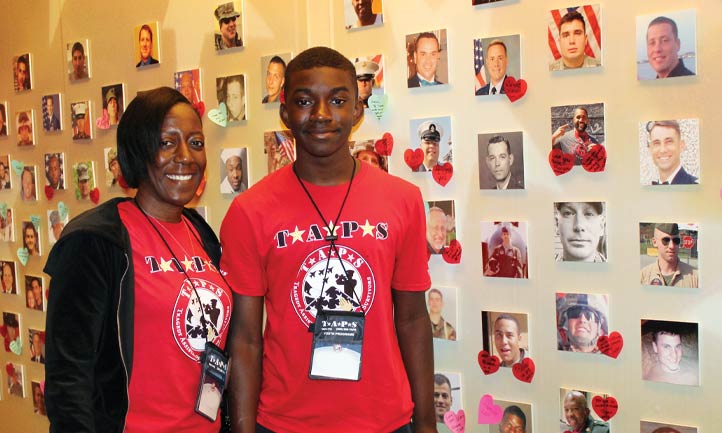
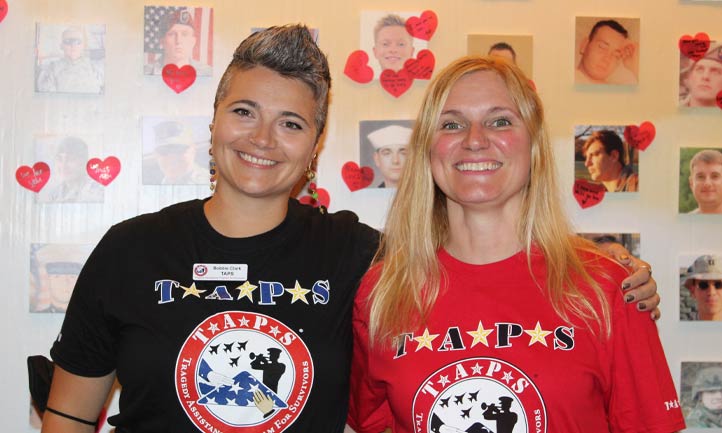
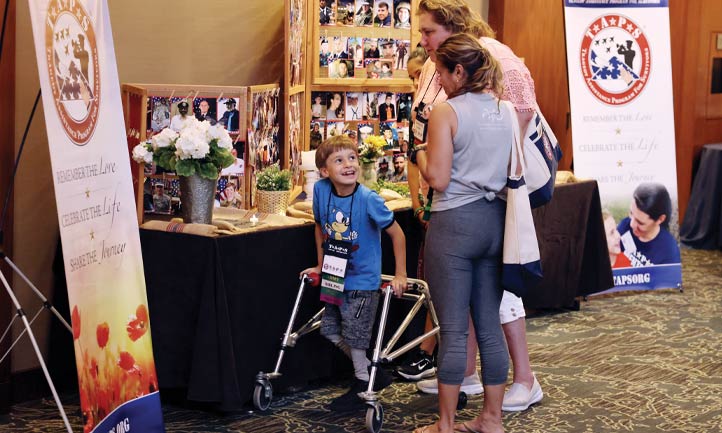
Whatever survivors may think about service to the country, sacrifice, and tragedy inherent in the death of someone in the military, they are likely to be most affected by what they, themselves, have lost. Even those who believe that a person who has died is no longer suffering and is in a better place, still mourn what is lost to them.
In fact, mourning always has two primary faces: one that looks backward at what has been lost and another that looks forward to the life that remains to be lived. Looking forward involves coping with the new challenges in this changed life and adapting to the world as it now is without the physical presence of the person who died.
There are many aspects of this forward-looking dimension of mourning. One has to do with finding or constructing meaning in the life — and especially in the death — of the loved one. Another has to do with preserving and enriching memories of the loved one. Still, another involves maintaining a continuing bond or an ongoing connection with the loved one.
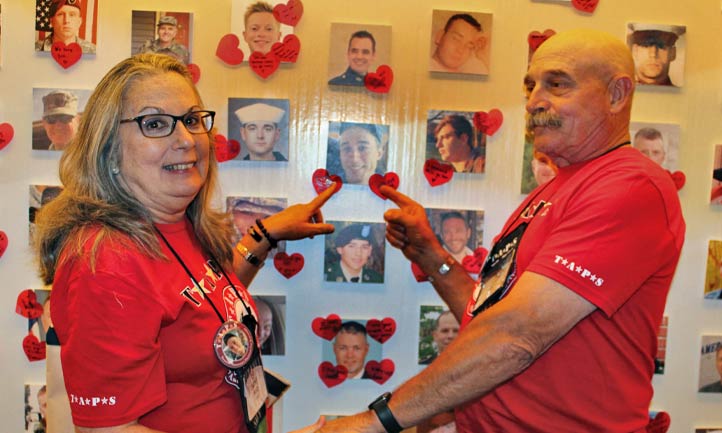
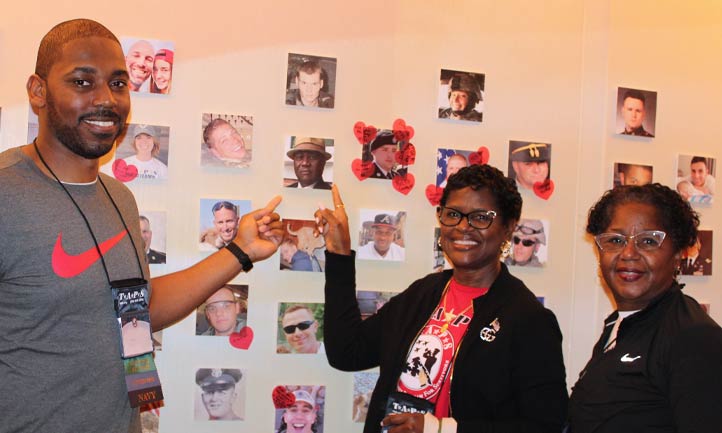
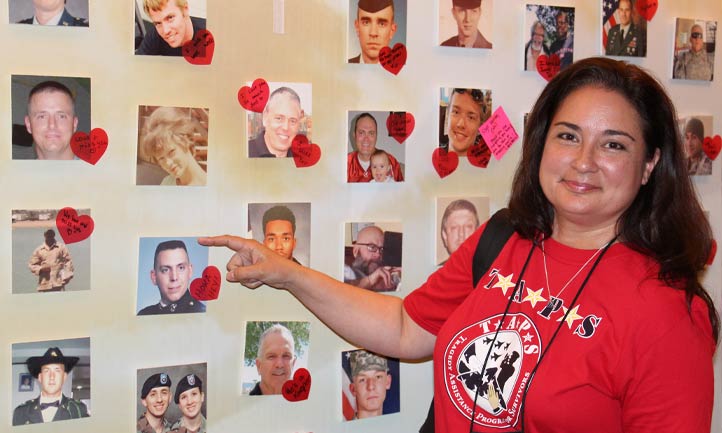
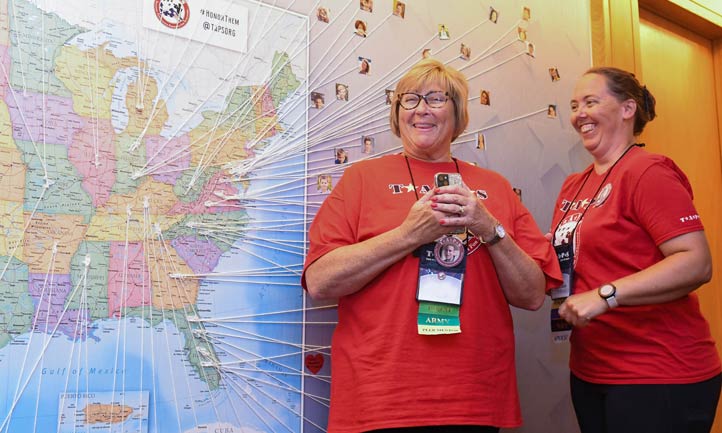
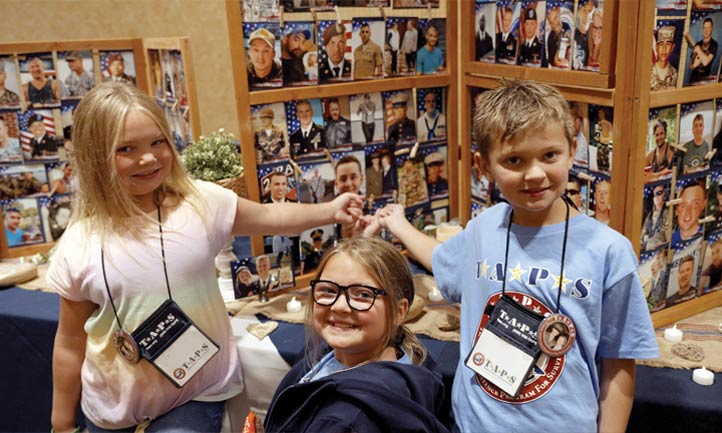

Certainly, mourning involves processes of restructuring the relationship with the loved one. Developing this new relationship is required by the harsh, objective facts of death. If we do not develop a new relationship with the person who died, we would be pretending that he or she is still with us in the same way as before the death.
In short, our tasks after the death of someone we loved are both to mourn his or her loss and to keep inside our hearts the memories and legacies of the good that person left behind. Grieving over the loss and remembering the life, crying and celebrating, lamenting the absence, and being grateful for the time we had together are all part of healthy bereavement and mourning.
Even those of us who did not know Major Andrew Olmsted in person can realize and appreciate some of the good things about him as we mourn his loss.
"Our tasks after the death of someone we loved are both to mourn his or her loss and to keep inside our hearts the memories and legacies of the good that person left behind."
Dr. Charles A. Corr is a TAPS Advisory Board member; professor emeritus, Southern Illinois University Edwardsville; former chair of the International Work Group on Death, Dying, and Bereavement; a longtime member of the Association for Death Education and Counseling; and he is the senior editor of the National Hospice and Palliative Care Organization’s Pediatric eJourna. His work is widely published in professional journals and books, most recently appearing in the eighth edition of Death & Dying, Life & Living.
©Hospice Foundation of America, 2008. Reprinted with permission from Journeys: A Newsletter to Help in Bereavement. For information about subscriptions or ordering go to: www.hospicefoundation.org.
Photos: TAPS Archives.
